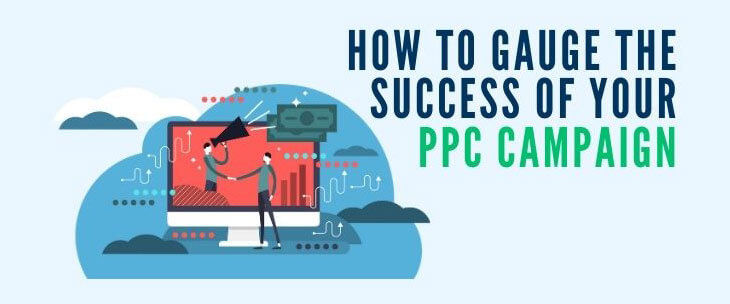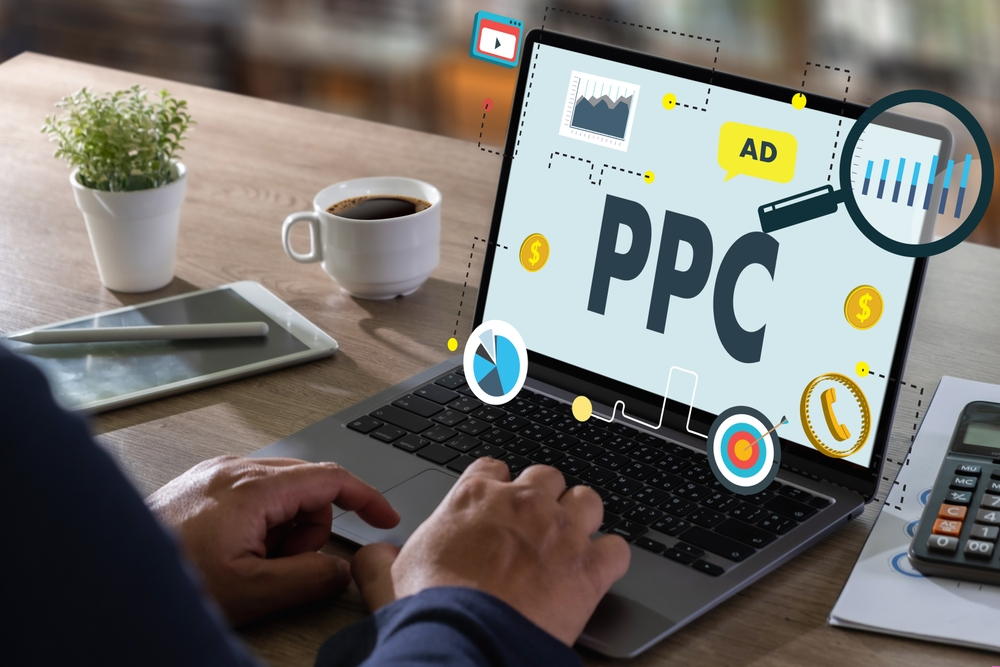In today’s fast-paced digital world, small businesses are continuously exploring efficient ways to elevate their online presence and connect with their target audience. Among the myriad of digital marketing strategies available, Pay-Per-Click (PPC) advertising stands out as a powerful tool uniquely suited to the needs and constraints of small businesses. Unlike traditional advertising, PPC offers a level of control and flexibility that is essential for businesses operating with limited resources and budgets.
PPC advertising, at its core, is a model of internet marketing where advertisers pay a fee each time one of their ads is clicked. Essentially, it’s a way of buying visits to your site, rather than attempting to “earn” those visits organically. This approach differs markedly from other forms of digital advertising, such as impression-based or brand-awareness campaigns, which charge based on the number of views or the reach of an ad.
Table of Contents
Understanding the Basics of PPC Advertising
1. Key Terms in the PPC World
- PPC (Pay-Per-Click): A digital advertising model where advertisers pay a fee each time their ad is clicked.
- CPC (Cost-Per-Click): The amount paid by an advertiser for a single click on their PPC ad.
- CTR (Click-Through Rate): A metric that measures the number of clicks advertisers receive on their ads per number of impressions.
- Quality Score: A Google Ads metric that reflects the quality and relevance of both your keywords and PPC ads.
2. How Does PPC Advertising Work?
- PPC advertising primarily operates on platforms like Google Ads and various social media channels.
- Advertisers start by selecting relevant keywords they want to bid on. When a user’s search query matches the advertiser’s keyword, the PPC ad may be shown.
- PPC campaigns can be customized based on factors like audience demographics, location, and the time of day, ensuring ads reach the right audience.
- Advertisers only pay when a user actually clicks on their ad, making PPC a cost-effective strategy.
3. Visualizing the PPC Process
- Imagine a simple flowchart starting with the advertiser setting up a PPC campaign, selecting keywords, and determining the bid.
- The next step involves the ad being displayed when a relevant search query is made.
- The flowchart concludes with a user clicking on the ad, leading them to the advertiser’s landing page, and the advertiser incurring a cost for that click.
The Importance of PPC for Small Businesses

Why PPC Stands Out for Small Businesses
- Budget Flexibility: One of the most significant advantages of PPC for small businesses is the flexibility in budgeting. Unlike some forms of traditional advertising, PPC allows businesses to set a budget that suits their financial capabilities, whether it’s a few dollars a day or a larger sum for more competitive keywords.
- Targeted Advertising: PPC campaigns can be laser-focused on specific audiences. This targeting goes beyond demographics and can include factors like location, interests, and even the time of day. This precise targeting helps small businesses reach the right audience without the scattergun approach of more traditional advertising methods.
- Measurable Results: With PPC, every aspect of the campaign is measurable, from the number of clicks and impressions to conversions and ROI. This level of detail is invaluable for small businesses, allowing them to understand exactly where their money is going and what they are getting in return.
Real-Life Success Stories
- To illustrate the impact of PPC, consider the case of a small online retailer specializing in artisanal products. By employing a targeted PPC campaign, they were able to double their online sales within three months, a feat that would have been challenging through organic search alone.
- Another example is a local service provider, such as a plumbing company, that used geographically targeted PPC ads. This approach led to a significant increase in local service calls, demonstrating the power of location-based targeting in PPC.
Setting Up a Successful PPC Campaign

1. Choosing the Right Platform
- Before diving into PPC, it’s crucial to select the platform that aligns best with your business goals and audience. Google Ads is widely popular for its vast reach, but social media platforms like Facebook and LinkedIn can be more suitable for certain types of businesses and audience demographics.
2. Defining Your Target Audience
- Understanding who your customers are is key. Define your audience by considering factors like age, location, interests, and browsing behavior. This information will guide your keyword selection and ad placement.
3. Setting Your Budget
- Decide on a budget that aligns with your financial capabilities and marketing goals. Remember, PPC allows for daily budget caps, so you’re never spending more than you can afford.
4. Selecting Keywords
- Conduct thorough keyword research to identify terms your potential customers are using in their search queries. Tools like Google Keyword Planner can help in finding relevant and cost-effective keywords.
5. Campaign Structure and Best Practices
- Organize your campaign into ad groups based on similar themes or products. This helps in creating more targeted ad copy and landing pages.
- Use a mix of broad, phrase, and exact match keywords to balance reach and relevance.
- Always include a strong call-to-action in your ads.
Tips for Campaign Success
- Regularly review and adjust your bids based on campaign performance.
- Experiment with different ad formats and extensions to see what works best for your audience.
- Utilize A/B testing for your ad copy and landing pages to find the most effective combinations.
Crafting Effective Ads and Landing Pages
Creating compelling ad copy and designing attractive landing pages are critical components of a successful PPC campaign. These elements not only attract users’ attention but also play a significant role in converting clicks into customers.
1. Writing Compelling Ad Copy
- Understand Your Audience: Tailor your ad copy to speak directly to your target audience’s needs and interests.
- Highlight Unique Selling Points (USPs): Clearly communicate what sets your product or service apart from competitors.
- Use Strong Call-to-Actions (CTAs): Encourage users to take action, such as “Buy Now,” “Learn More,” or “Get a Free Quote.”
- Keep It Clear and Concise: With limited space, make every word count. Focus on delivering a clear message in a concise manner.
2. Designing Attractive Landing Pages
- Consistency with Ad Content: Ensure that the landing page closely aligns with the ad in terms of message, style, and offer to avoid user confusion.
- Simplicity and Clarity: Design the page to be user-friendly, with clear headings, readable text, and appealing visuals.
- Optimized for Conversions: Place a strong CTA prominently on the page, and make sure the user’s path to conversion is straightforward and uncomplicated.
- Mobile Responsiveness: Ensure the landing page is optimized for mobile devices, considering the increasing trend of mobile browsing.
3. Importance of A/B Testing
- Conduct A/B testing for both ads and landing pages to determine which variations perform the best. This can involve testing different headlines, ad copy, CTA buttons, or page layouts.
- Analyze the results to understand user preferences and behaviors, thereby refining your approach for improved performance.
4. Table of Comparison: Successful vs. Unsuccessful Examples
| Element | Successful Example | Unsuccessful Example |
|---|---|---|
| Headline | Clear, engaging, and relevant | Vague or unrelated to the ad content |
| Ad Copy | Concise with a strong CTA | Overloaded with information, lacks a CTA |
| Landing Page Design | Clean layout, easy navigation | Cluttered, confusing layout |
| CTA Placement | Prominently displayed, compelling | Hidden or non-persuasive |
| Mobile Optimization | Fully responsive design | Poorly optimized for mobile devices |
Monitoring and Optimizing Your PPC Campaigns
A successful PPC campaign requires ongoing monitoring and optimization. This iterative process helps in fine-tuning your strategies to achieve the best possible results.
1. Regular Monitoring
- Regularly check your PPC campaign’s performance metrics. Focus on key indicators like CTR, CPC, conversion rate, and overall ROI.
- Use tools provided by the advertising platforms to track and analyze these metrics.
2. Interpreting Key Metrics
- Understand what each metric tells you about your campaign’s performance and user behavior. For instance, a low CTR might indicate that your ad is not resonating with your target audience.
3. Making Data-Driven Adjustments
- Based on your analysis, make informed decisions to optimize your campaigns. This could involve tweaking ad copy, adjusting bids, or refining your target audience.
- Experiment with different strategies to see what yields the best return on investment.
4. Checklist for Optimization Strategies
- ☑ Review and refine keyword selection.
- ☑ Optimize ad scheduling based on when your audience is most active.
- ☑ Test different ad formats and placements.
- ☑ Continuously update and improve landing page content and design.
- ☑ Utilize negative keywords to exclude irrelevant traffic and reduce wasted spend.
Conclusion: Embracing PPC for Business Growth
PPC advertising offers small businesses a dynamic and effective way to reach their target audience and drive growth. By understanding the basics, setting up thoughtful campaigns, crafting compelling ads and landing pages, and continuously monitoring and optimizing, small business owners can effectively leverage PPC to achieve their marketing objectives.
We encourage small business owners to consider incorporating PPC into their marketing strategy. The flexibility, targeting capabilities, and measurable results provided by PPC can be a significant advantage in the competitive digital marketplace.
Check out the rest of the ‘Updated Ideas‘ site; there are some cool articles waiting for you! Fancy writing for us? Just give that contact button in the top right a tap. Cheers!

